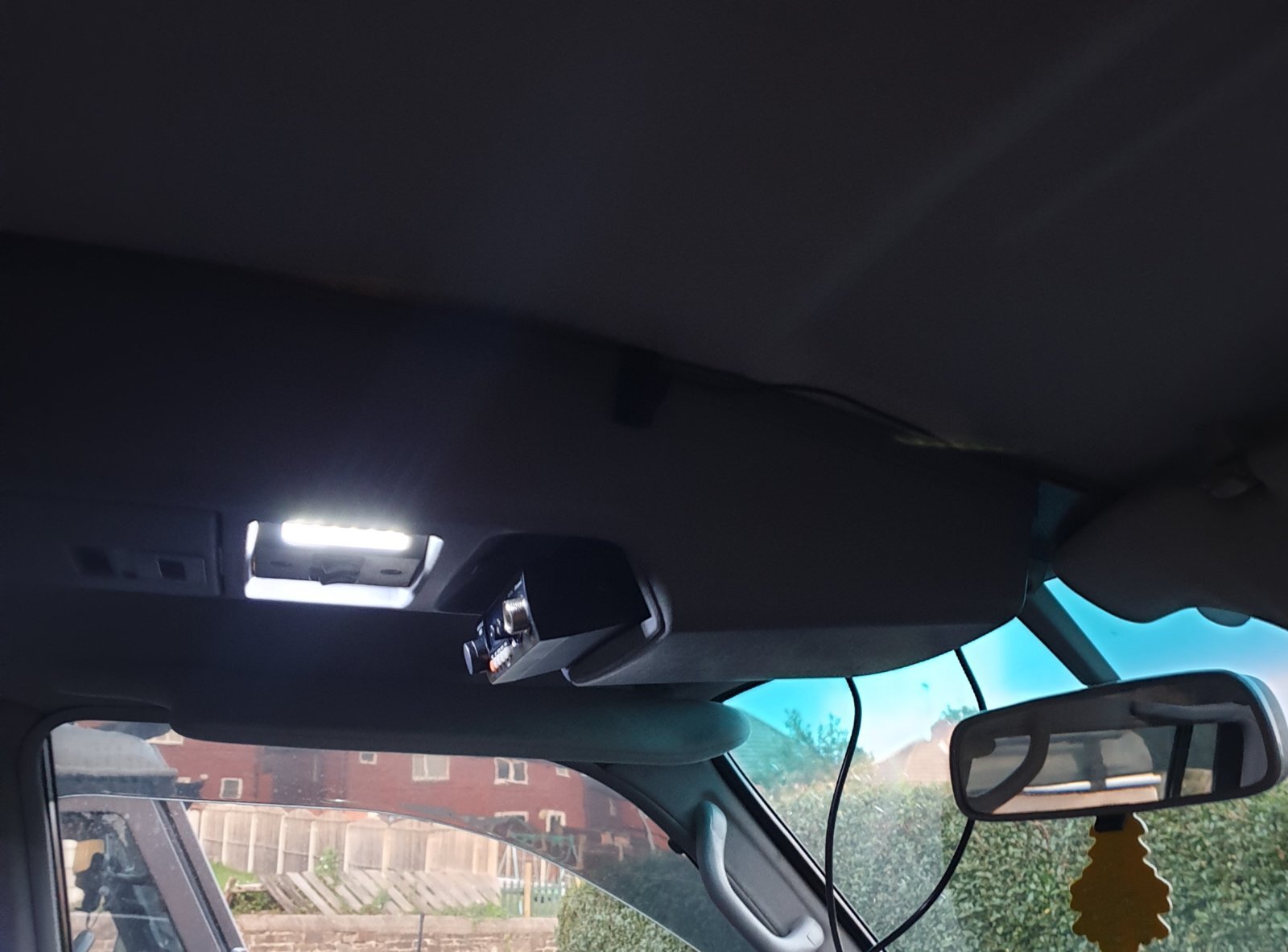So some progress has happened but I've been super lazy with actually writing this up. After I ran the 25mm cable (overkill to run 80 amps), I got around for making to fuse / electric distribution board. It's made out of 2.5cm plyboard.
I made some brackets out of 2mm steel, with captive nuts on them to attach it to the wing and then went about screwing it to that. As it's so thick there isn't flex at all and it's very secure.
With the RedArc installed there is enough space in the little window in the plastic cover to reset all the breaker and even monitor the status of the RedArc controller.
Once that was all set up, I need something to house my 130AH, so I got around to making/modify a set of draws for the back of the cruiser.
I created a simply draw structure out of the 2.5cm plywood, and glued and screwed all the joins.
Once that was created, I made some draws and dividers and went around covering the entire thing in vehicle carpet.
I've installed the main switch shutoff on the front panel that kills all the power to the front panel using a 40amp relay. The front panel has 2 cigarette sockets, 2 2xUSB and a 46w USB-c (which allows me to charge my laptop) the side has an Anderson plug on it to connect it to the RedArc. The front flap lifts up for access to the fusebox and all my recovery gear and the rear is for access to my 130ah Lithium battery and I've allowed enough space to add another 130ah battery in case I need it (I can currently camp for 7 days without a solar input). I added a Victron BMV-712 to allow to monitor my battery, and also control a few relays to cut off charging if the battery drops below freezing, as it could damage the battery.
I've got a few questions,
1) I've run the solar input wires up the rear pillar and managed to get them in the roof lining but wondering how people run them through the roof, I've been thinking about maybe running them through the rear windscreen washer grommet? This is also going to be a problem if I add an Alucab roof tent as that need power as well.
2) I'm thinking of adding an invertor and wondering if anyone has any recommendations looking around the 500w / 1kw mark?





